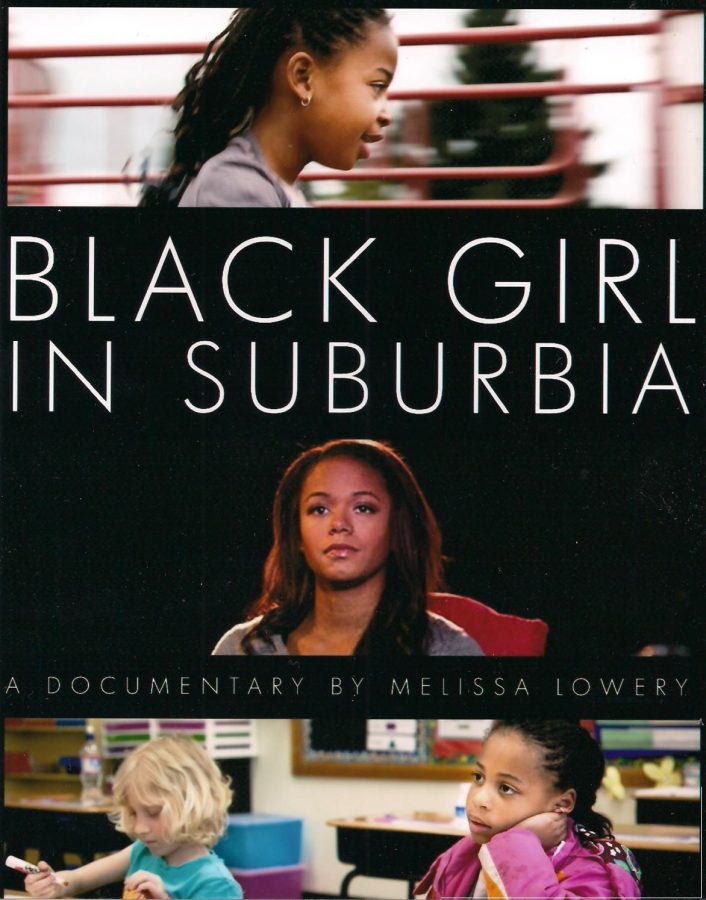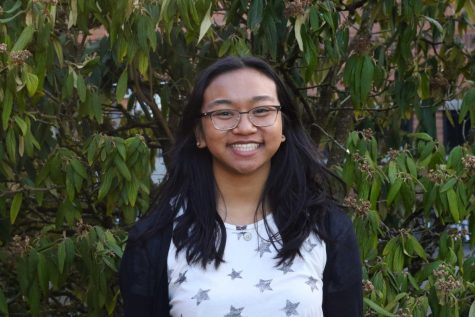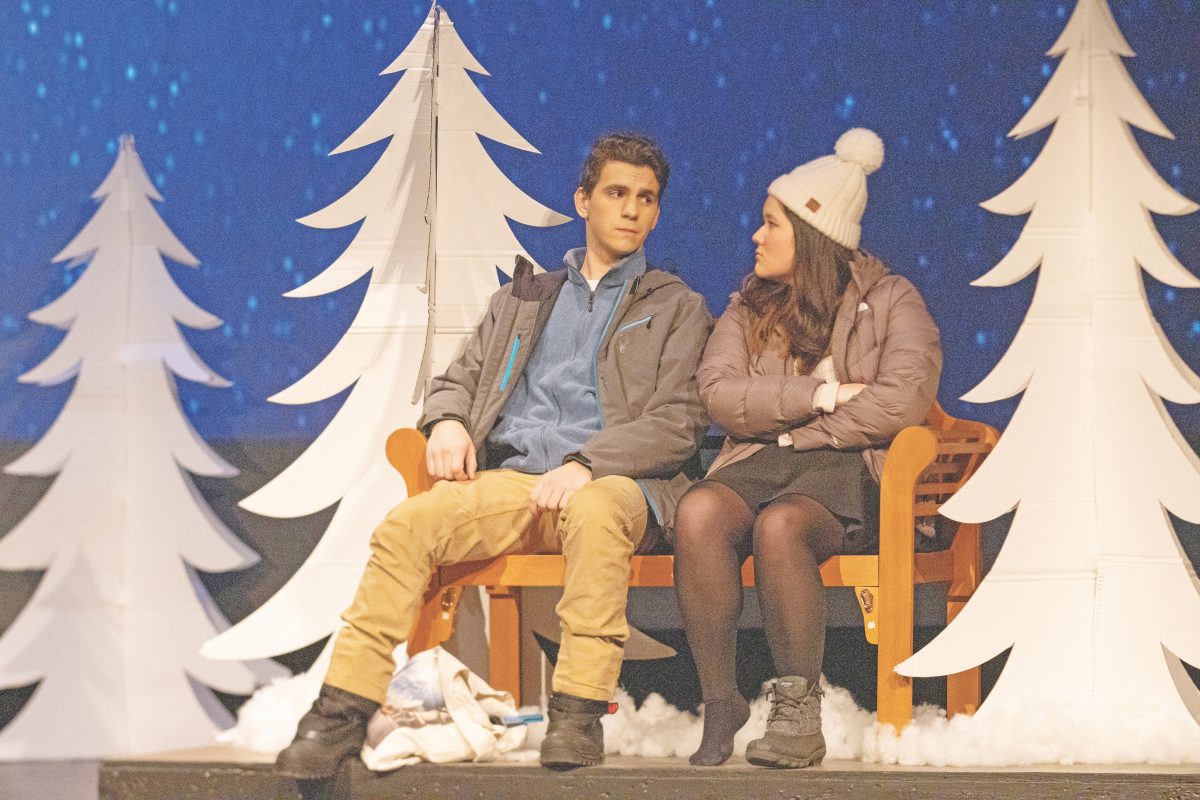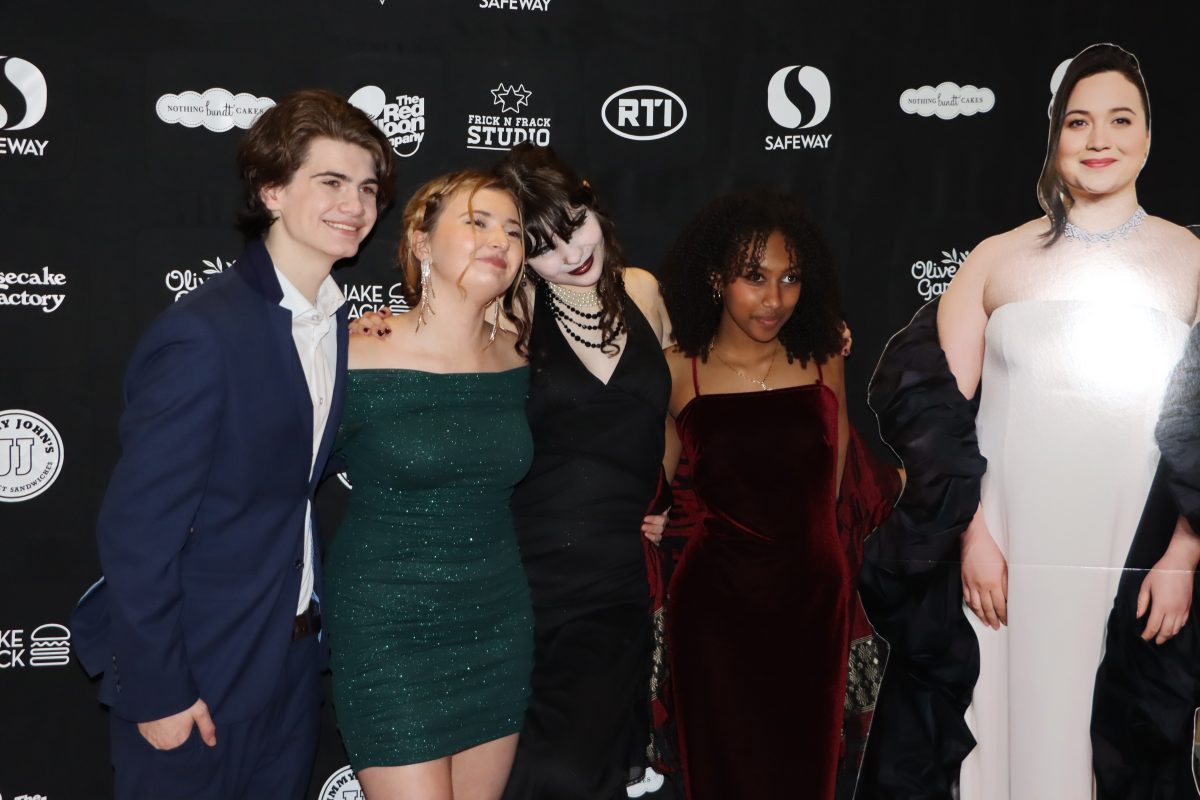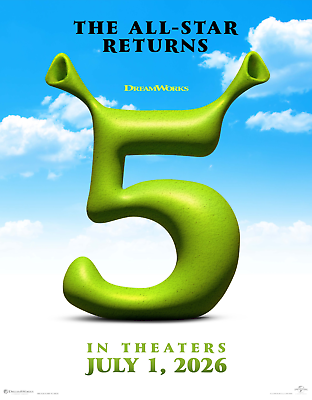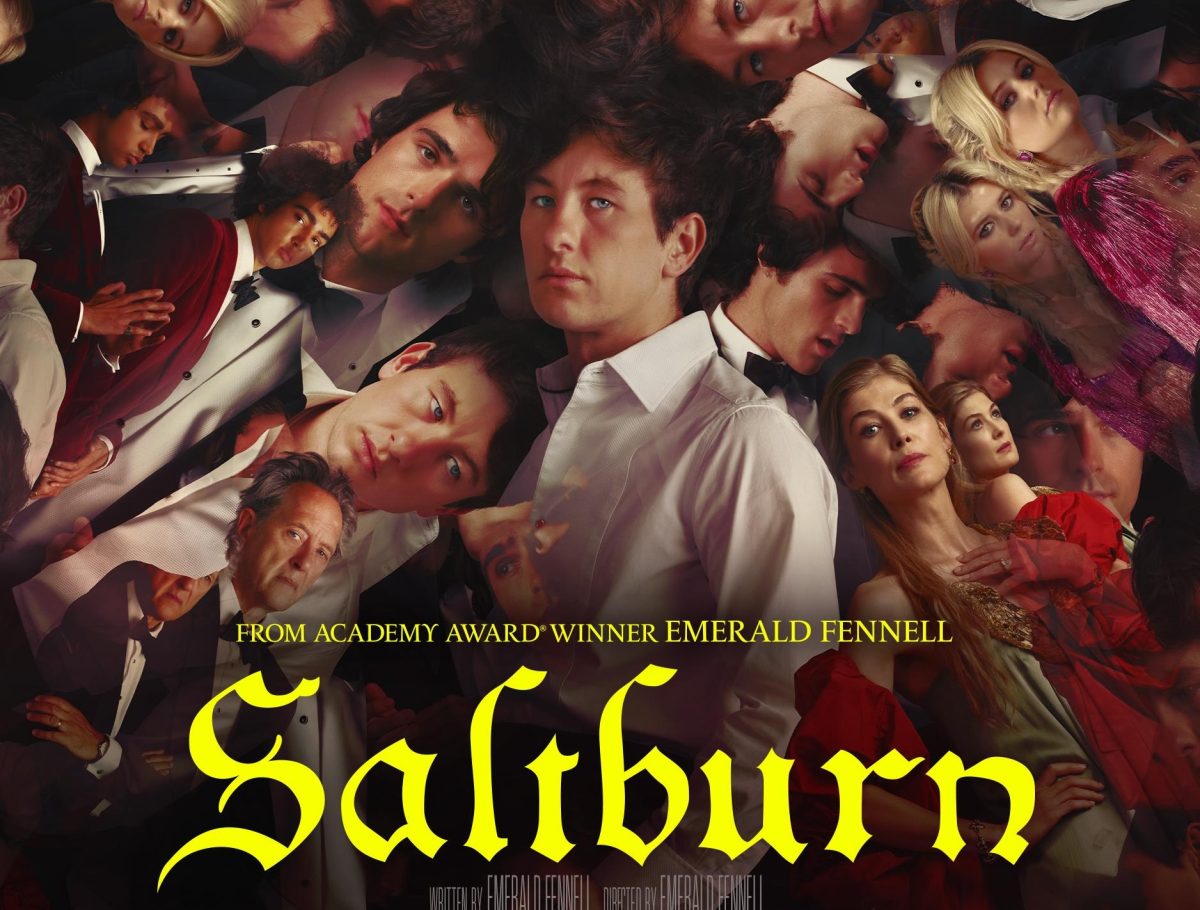The Edmonds School District and City of Edmonds Diversity Commission (EDC) sponsored a screening of “Black Girl in Suburbia” in the MTHS theater on Friday, Dec. 1. The showing of the 2014 film was followed by a Q&A session and discussion about race with director Melissa Lowery, along with her colleagues.
Clocking in at 55 minutes long, “Black Girl in Suburbia” was centered around the lives of black girls who live in a predominately white community and face various struggles as a result of their race.
Economic Development & Community Services Director Patrick Doherty said the EDC chose to screen the movie because “they believed it fulfilled the purpose of the grants program,” which is “to harness the power and enthusiasm of the local community and…engage, educate or involve the Edmonds community in ways that promote diversity, equity and inclusion.”
Lowery, who also serves as the Director of Diversity and Inclusion at Jesuit High School Portland, based the film off her experience growing up in West Linn, Oregon. Her purpose around creating “Black Girl in Suburbia” was to spark a dialogue about race issues and raise awareness for it.
She described her mission as “not necessarily trying to change the world,” but instead changing the community by planting seeds in people’s minds about the different issues people face.
“Hopefully tonight you all will go off and plant your own seeds and create a community discussion,” Lowery said.
Across the 100-plus discussions Lowery has led after her film screenings, she’s seen drastically different audience reactions. With this viewing, she asked that the audience watch with “an open heart and an open mind.”
“Black Girl in Suburbia” opened with the chilling recital of a poem with various stanzas being reeled off during transitions between scenes of the film.
“Too white to be black and too black to be white,” the woman narrated.
The scene was set with a breakdown of the Portland, Oregon population in 2014, depicting a “homogenous community” of a mostly white community with only two percent of the population being black. During that time, Portland was considered the fifth whitest city in America, according to the film.
Teachers as well as school-aged black girls stressed the “need to stay culturally relevant,” which means being constantly informed regarding social issues relating to the black community. These girls described the pressure they felt to stray away from stereotypes and eliminate the chance of others associating black people with negative presumed beliefs.
Lowery herself was also featured in “Black Girl in Suburbia,” demonstrating ties to her culture as she conversed with her two daughters about their social experiences while braiding their hair. While they only comprised a portion of the movie, Lowery said she filmed hours of similar footage with her kids.
After the film concluded, Lowery took to the stage to lead the seminar on the importance of “Black Girl in Suburbia.” The facilitators learned that members of the Edmonds School District staff were most prevalent in the audience.
“This is the best part: awareness opened through dialogue,” she said.
One of Lowery’s favorite aspects of “Black Girl in Suburbia” was the “theme of multiplicity” caused by bringing black girls together because they all felt they experienced these race issues alone. She believes a strong way for these girls to attack negative labels is to be the best they can be before adding on labels to themselves.
In response to an audience member, Lowery identified her main issue with people referring to themselves as “colorblind” because it fails to fully recognize racial struggles.
“That’s one of my pet peeves when people are like ‘I’m colorblind’ and I’m like ‘that’s not real,’” Lowery said. “Instead of saying ‘colorblind,’ I’ve been saying to people that ‘color is not an issue’ in place of ‘I’m colorblind.’”
A woman who works for the Northshore School District shared her stance on the message of “Black Girl in Suburbia.” She pushed for people to become motivated to join in on the conversation about race and stressed the importance of staying committed to the cause.
“To people, to white people specifically, who are saying ‘Yes; I want to be a leader and a part of this,’ what I have to say to you is that if you’re going to jump into it, you have to stay in it because without you as our allies, we cannot make progress,” a woman who works for the Northshore School District said.
Diana White, a director on the school board for the Edmonds School District, commented on the need to encourage people to ask the school board questions about race and ask for more racial representation.
See an introductory video to the movie below.


